HONORING THE PAST, PIONEERING THE FUTURE
Peoria has a rich history of making things—from cigars and bicycles to bricks and plows, nails and gloves to crackers and pottery, rope and barbed wires to tombstones and wagons, washing machines and caskets to automobiles and peanut roasters, oil burners and kitchen ranges to lawn sprinklers and lift trucks, steel fabrications and tractors to beer and whiskey. Peoria is proud of its past, as evident in our community’s efforts to restore and preserve historic landmarks, districts, and industries.
Peoria remains a community enriched by its industry. In a juxtaposition of old and new, Peoria fuses its manufacturing roots with new technologies, paving the way for greater innovation, creativity, and collaboration in the future.
Alternatively, historic restoration is also a focal point, as the community upholds our region’s heritage and narrative through preserving the creative integrity of Peoria’s entrepreneurial spirit.
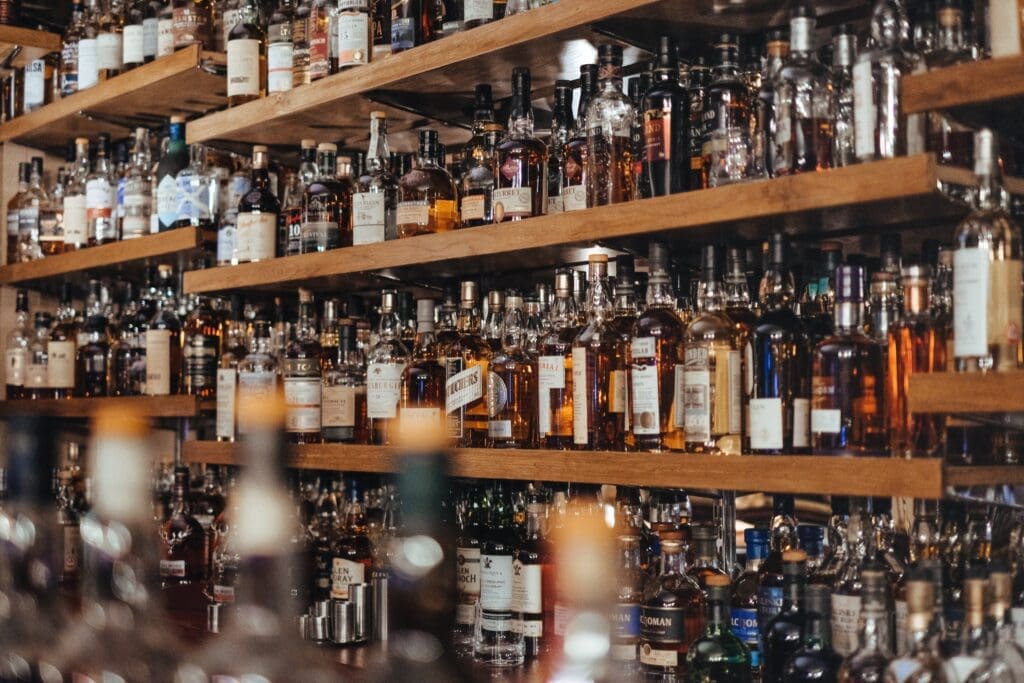
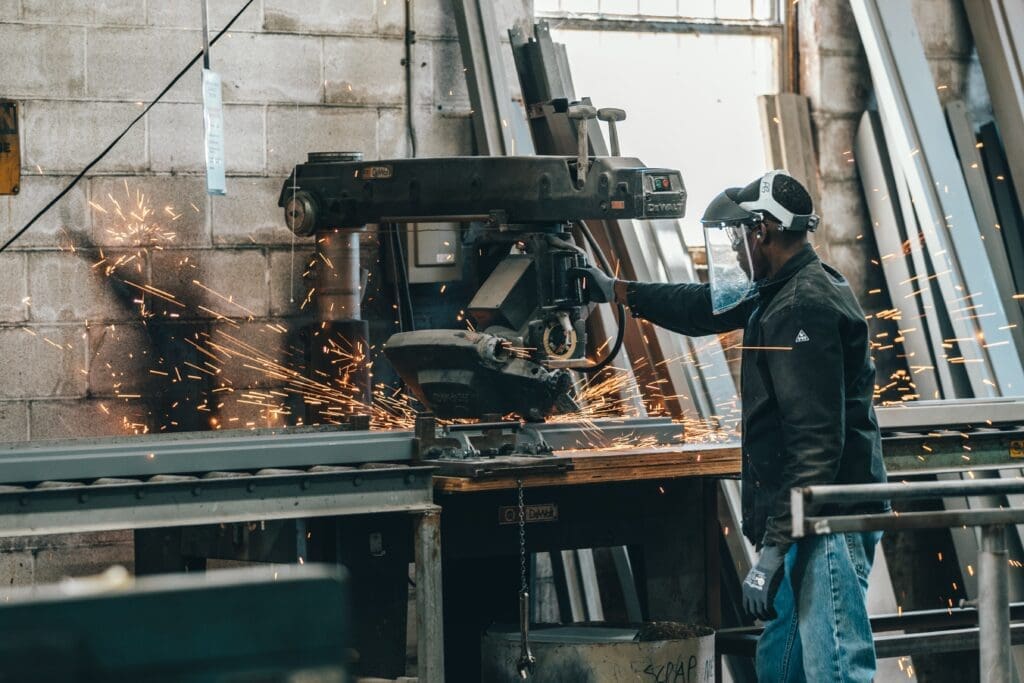

Renew! Restore! Revive!
Peoria’s Women’s Club
Since 1886, the Peoria Women’s Club worked to improve the civic, intellectual, artistic, philanthropic, and social life of the community and helped elevate the status of women—a mission ahead of its time. The club’s dazzling, 432-seat, acoustically perfect music hall was designed in 1893 by famed Chicago architect William LeBaron Jenney, builder of the world’s first skyscraper. This historic downtown venue is undergoing a full restoration to continue aiding the Peoria Women’s Club in its mission to empower women to lead and serve the community.
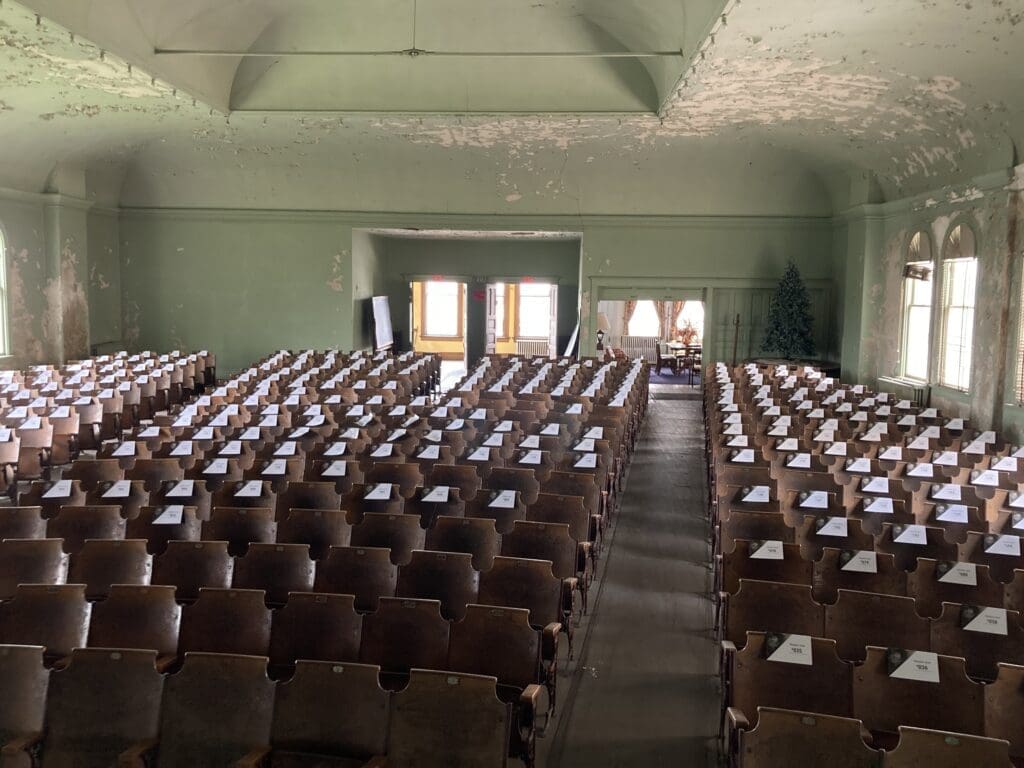
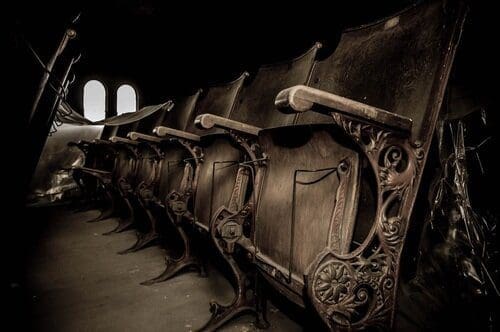
The Warehouse District
Downtown Peoria’s Warehouse District is a shining example of the city’s dedication to revitalizing its roots. Between 1837 and 1919, Peoria was known as the “Whiskey Capital of the World.” The city’s proximity to the river and easy access to grains attracted brewers and distillers to the Warehouse District downtown. With over 24 breweries and 73 distilleries in its heyday, Peoria produced 18-million gallons of alcohol annually. Today, thanks to more than $25 million in infrastructure improvements, the neighborhood has been transformed into a point of pride for locals and a must-see destination for visitors, featuring unique experiences and entertainment venues.

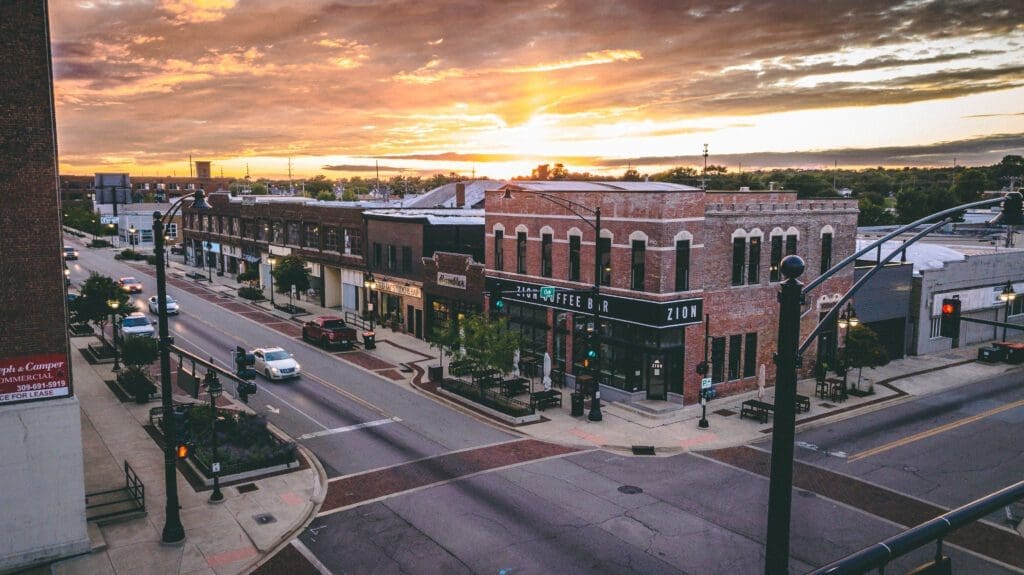
Peoria—The Former world’s Capital of whiskey
Boasting more than 24 breweries and 73 distilleries between 1837 and 1919, the “Whiskey Capital of the World” was an apt name for Peoria. The city was chosen by so many in the industry because of its plentiful supply of grains, clean and abundant spring water, dependable transportation, and fuel resources (wood and coal).
In the early 1880s, the Great Western Distillery was built in Peoria, which would eventually become the largest distillery in the world. With its construction, Peoria entered the “golden” years of its liquor industry. At peak production, the tax on Peoria’s alcohol production supplied nearly half of the federal government’s entire revenue.
Peoria’s liquor industry met its end in 1919 thanks to Prohibition. Peoria’s alcohol industry has yet to return to its glory days of production post-prohibition. That doesn’t mean Peoria’s whiskey scene is absent. Tastings are available at JK Williams Distilling and BLACK BAND Distillery, and the Peoria Historical Society hosts an incredible “Roll Out the Barrel” tour.

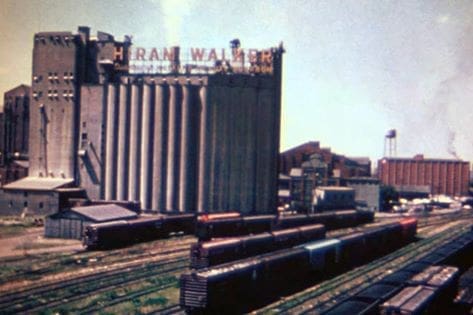
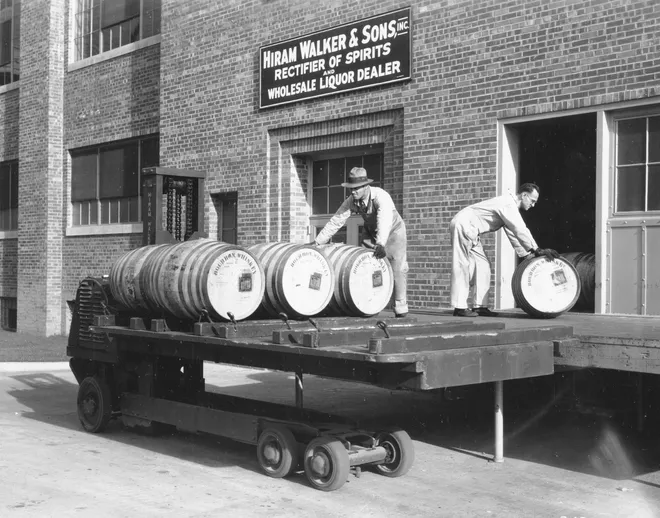



Pioneering Peoria
Jump Trading Simulation + Education Center
The Jump Trading Simulation and Education Center matches the most brilliant minds with the most innovative technology to improve the future of healthcare.
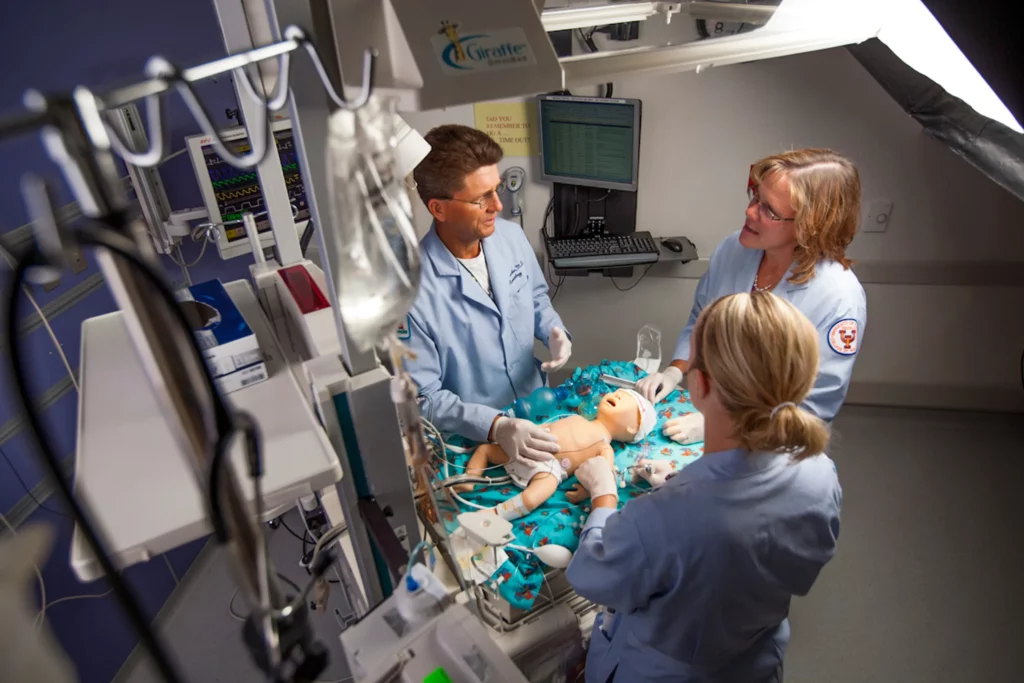
The Jump Simulation Center—a collaboration between two medical powerhouses (OSF Healthcare and the University of Illinois College of Medicine Peoria)—allows healthcare providers to run simulations of real case scenarios as well as demonstrate new techniques and equipment.
Within the 168,000-square-foot facility sits a virtual hospital, with a 75-seat stadium-style lecture hall, patient rooms, ICU, operating rooms, ambulance bays and more. Jump Simulation is also home to seven innovation labs geared toward design, imaging, creation of models and other specialties. The Center’s goal is to dramatically improve medical outcomes, lower healthcare costs, and share all findings freely with the world.
Velocity Labs
This startup uses state-of-the-art bioanalytical technology to accelerate the drug development continuum and treat disease one sample at a time. Peoria is a natural home for Veloxity Labs due to the community’s entrepreneurial support, strong healthcare presence, and availability of biotechnology-specific wet labs that play a key role in the development of new drugs and treatments. Veloxity Labs uses the collaborative environment of The Peoria NEXT Innovation Center, a biotechnology and technology incubator for entrepreneurial businesses looking to make their mark on the world. The building at 801 W. Main Street has 48,000-square-feet spread across three levels and contains 10 wet labs and 29 office spaces, allowing businesses to share knowledge and resources with fellow Peoria researchers, inventors and entrepreneurs.
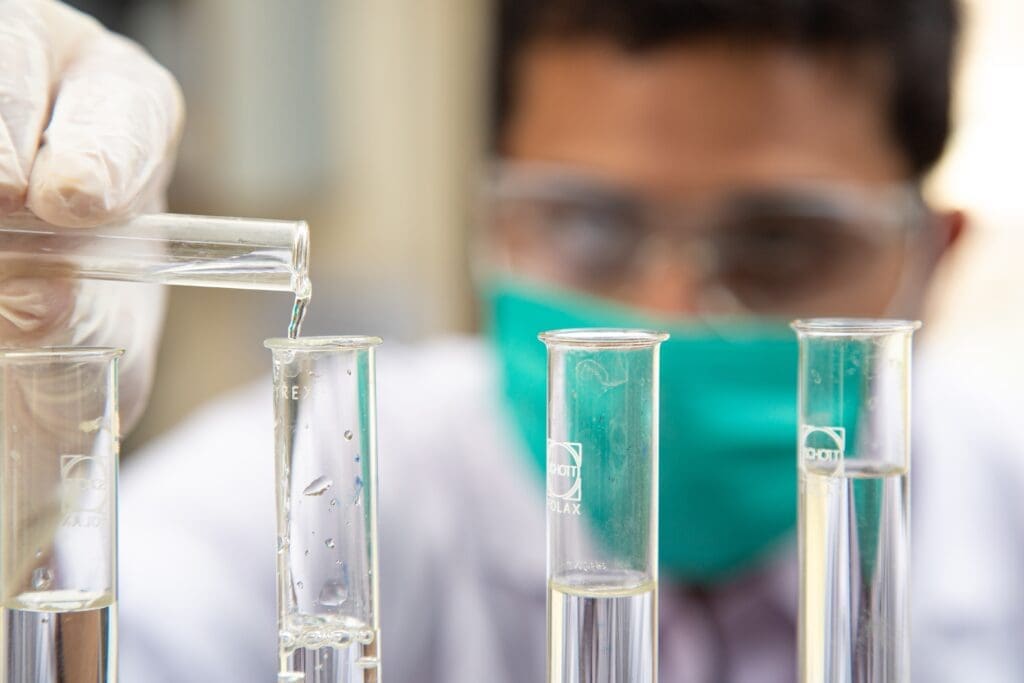
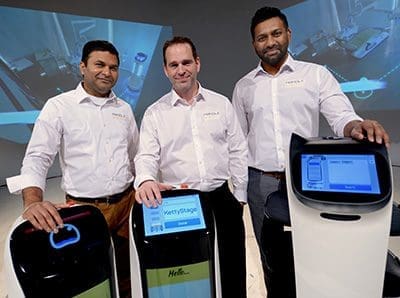
Pringle Robotics
Pringle Robotics has set out to solve real-world problems in the hospitality, healthcare, and retail industries with advanced robotic solutions. Headquartered in Peoria, the company has developed a line of autonomous service robots capable of delivering items, escorting customers, waiting tables, and cleaning and disinfecting. What started as a service and delivery robot to eliminate workforce challenge, quickly evolved with the demand for sanitation robots to combat COVID-19. The launch of Pringle Robotics, has sparked enthusiasm for artificial intelligence and AI engineering in Peoria—attracting robotics clubs and accredited programs to Greater Peoria colleges and universities.
Advancing accessibility for the blind
As the birthplace of the red-tipped, white walking cane, a universal symbol of the sightless, Peoria has played a pioneering role in advancing accessibility for the blind.
In 1930, Elmer Thomason, a blind newspaper-stand operator in Peoria, had trouble crossing a busy intersection. A friend, George Bonham, noticed Thomason’s dark wooden cane, wondering if perhaps a little innovation could aid Thomason’s plight. Bonham, a member of the Peoria Lions Club, collaborated with Thomason to paint the cane white, then add a red tip—a way to catch the attention of motorists and other pedestrians.
Peoria passed the nation’s first white-cane ordinance, granting right-of-way to the visually impaired. The Lions Club started producing the canes and giving them away to blind people, who suddenly found themselves with a measure of mobility and independence they hadn’t enjoyed before. Over the years, the Lions Club, which is still active today, has distributed the canes to more than 200 countries.
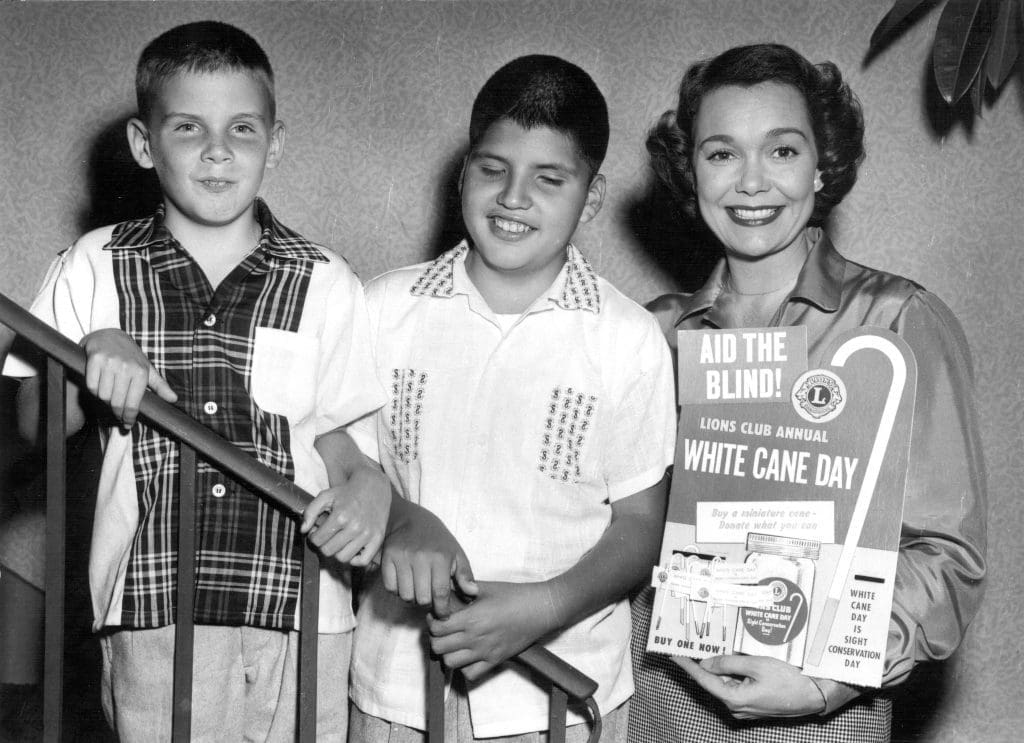

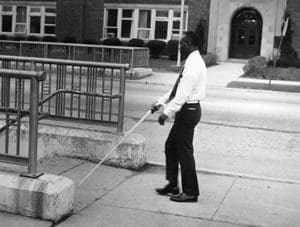
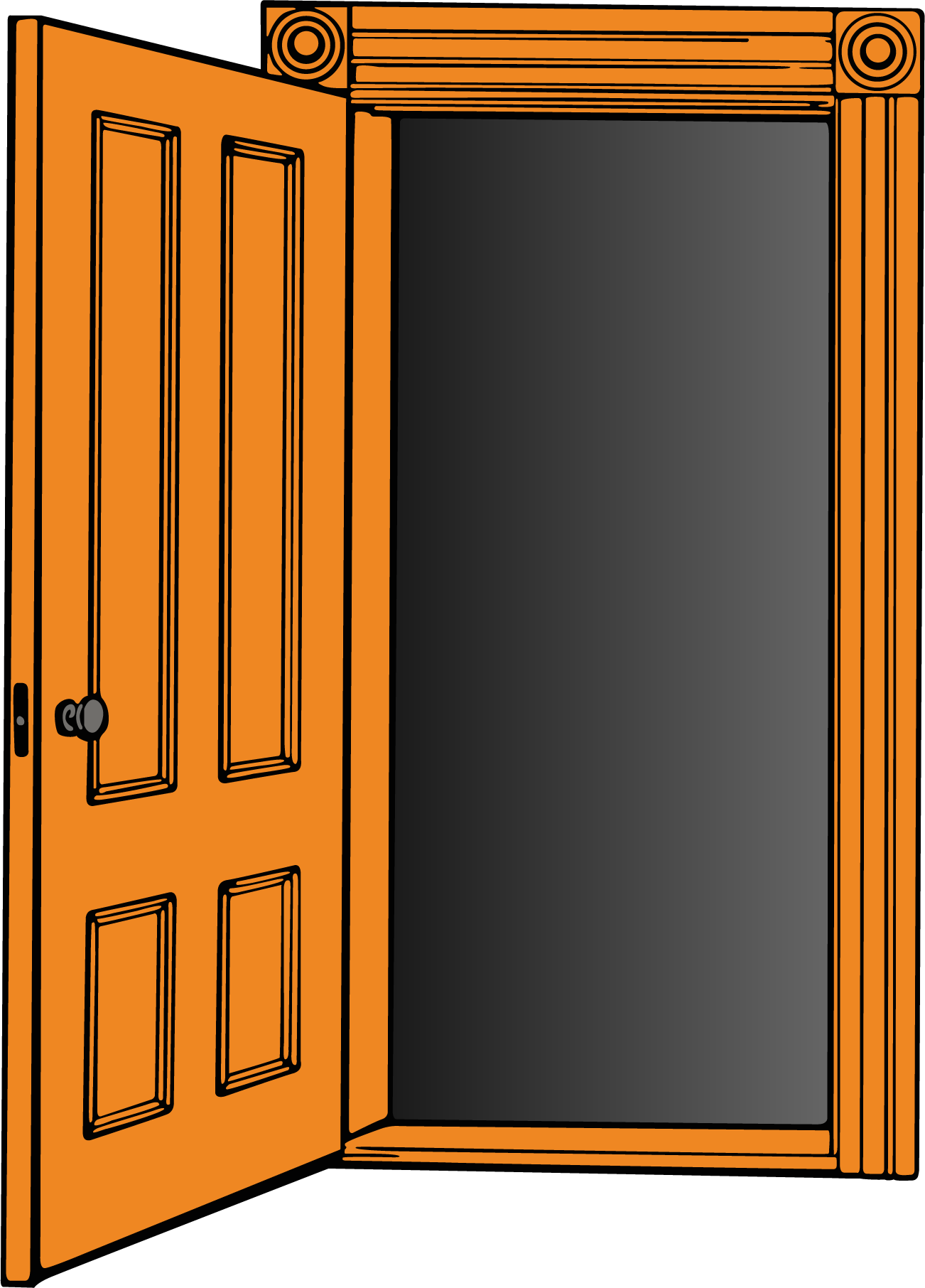

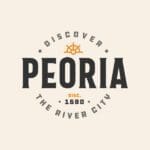
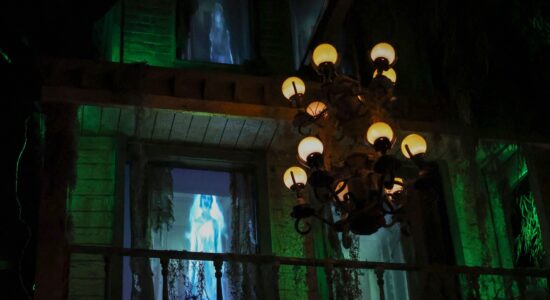
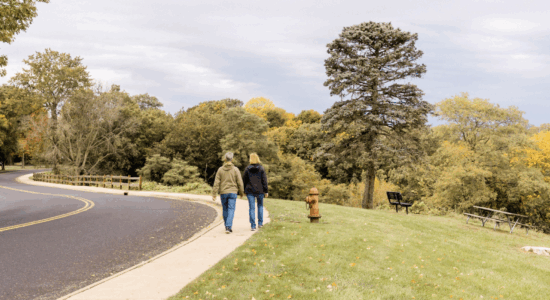
You must be logged in to post a comment.